There’s a stat that you’ve definitely heard at any tech conference you’ve ever attended.
By the time a buyer finally requests a demo or reaches out to a sales rep, they’re something like 90%+ through their evaluation. It’s meant to imply that our prospects are more informed than ever.
They’re also more confused.
Product parity and conflicting marketing (who’s NOT #1 in their category at this point?) is making buying feel so complex that no one can figure out how vendors are different from one another.
Sales cycles are the battleground where decisions are made.
To understand buyer decisions, we tend to look at post-decision data. We read user reviews on sites like G2 or Capterra, we conduct win-loss calls. At this point, their choices are made; confirmation bias is in play.
Mid-sales cycle, however, there’s a hurricane of intel to be captured about how those choices are made. It’s just more challenging to sift through. It means sitting on sales calls or asking salespeople for their interpretation of events. It’s valuable, but it’s also time-consuming.
Gong, Chorus, and other conversational intelligence platforms allow prospect intel to become accessible at scale – without the bias of interpretation. It’s another source of intel for your toolbox.
To get you started, we’ve put together a playbook on how you can use the intel from these platforms to enhance your competitive enablement program and supercharge your battlecards.
Salespeople want battlecards that are more relevant and useful.
We asked salespeople what they want improved with their current competitive enablement programs. Their answers fell into two common buckets. They want intel that’s more relevant, and easier to access.
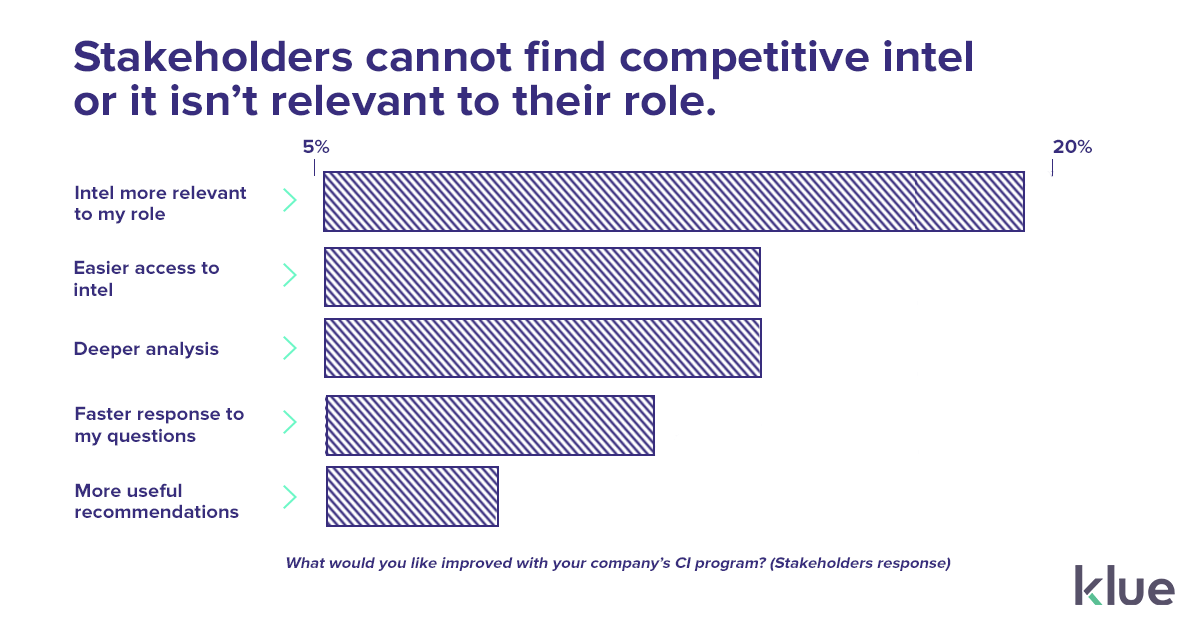
When you share competitive strategies that don’t resonate with your sales team, your competitive program loses credibility.
The question becomes, how do you provide competitive content that sellers will actually use?
The answer, in part, is to use their own words to build it.
Three ways to use Gong intel in your competitive enablement program
Full disclosure, we’re customers of Gong. So yes, we’re biased.
It became an obvious priority to figure out how to use their intel for our own competitive enablement program. What we’ve found is that there’s a ton of power in using the platforms together. We’re going to cover the top three ways you can start using Gong intel:
- Identifying new competitor intel and rumours that need to be verified
- Finding the most common objections planted by your competitors
- Crowd-sourcing competitive strategies with the best talk tracks from reps
It all starts by centralizing and collecting the intel that matters. This can be automated anytime a competitor is mentioned, but it’s also likely that you’ll find additional snippets through transcript review where a competitor isn’t mentioned outright.
(Below we’ve used Microsoft Teams as an example. The pin drops in the call indicate each time their competitor, Slack, is mentioned.)
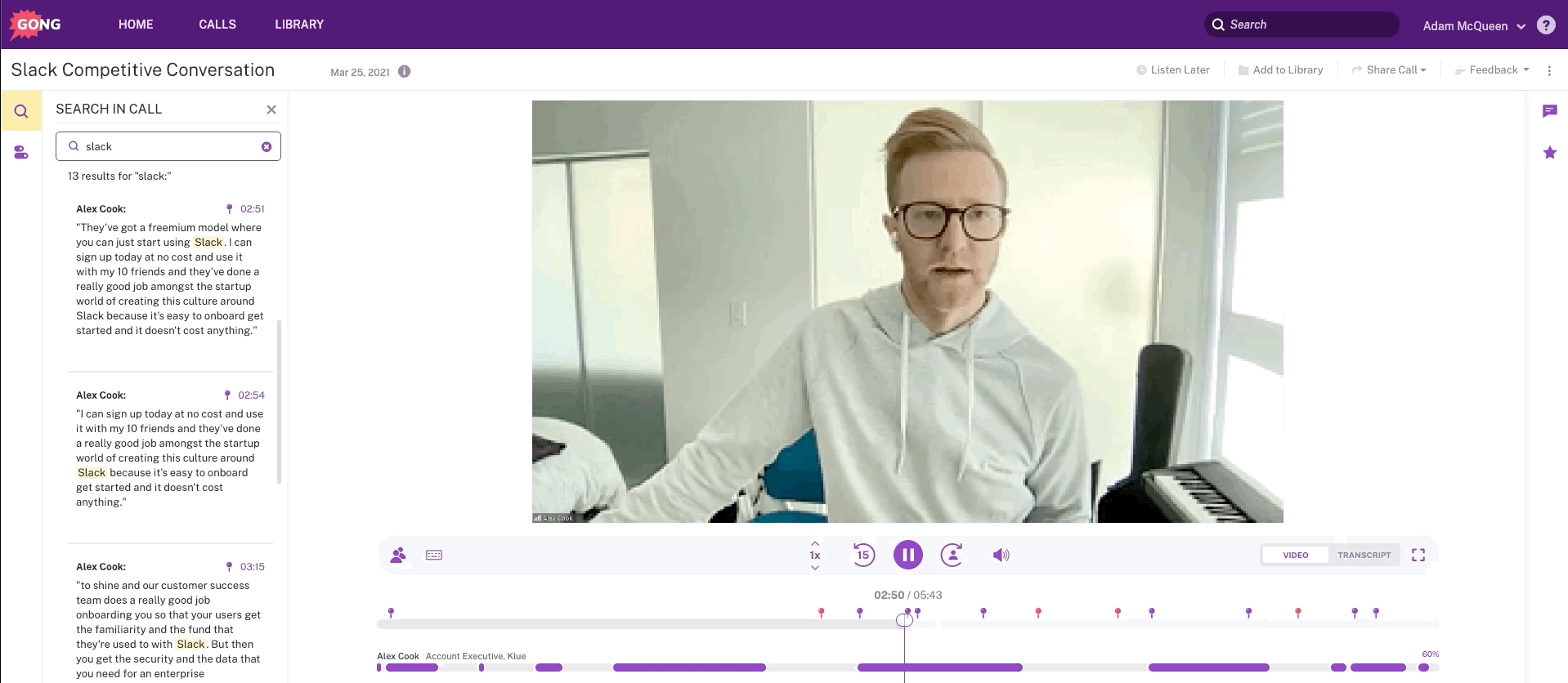
1. Collect competitor information and rumours that need to be verified
There are great pieces of competitive intel that are shared in calls. Prospects might tell you about pricing information, or new product functionality that they saw from a competitor. The challenge is, you don’t always know if it’s accurate.
Our competitive team skims through competitor mentions and collects any new intel/rumours into a ‘to be verified’ battlecard.
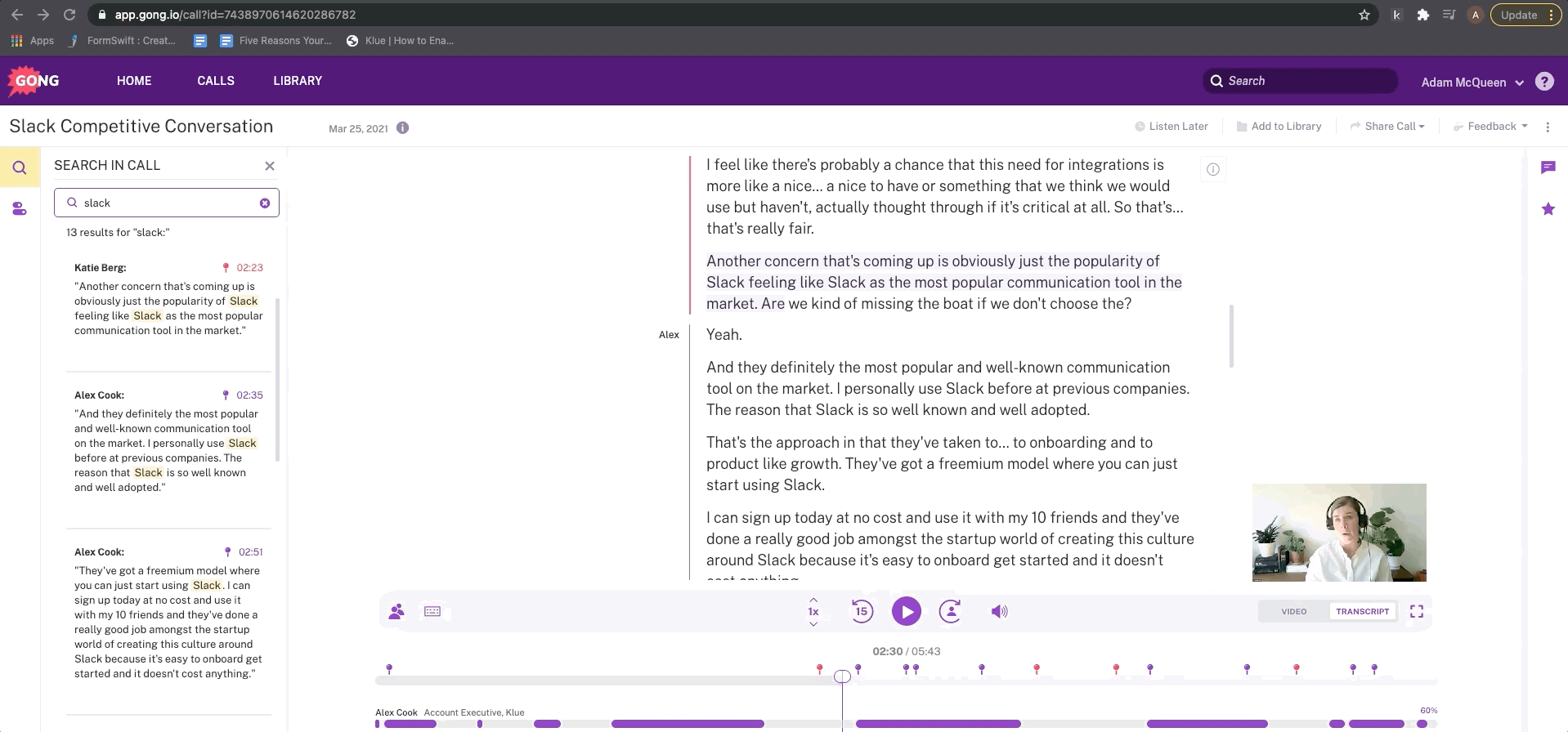
We keep these cards visible to only our curator team, so we have the ability to verify and create competitive responses before publishing for our entire sales team to use. It’s a handy way to organize intel that isn’t yet ready to be used in the field.
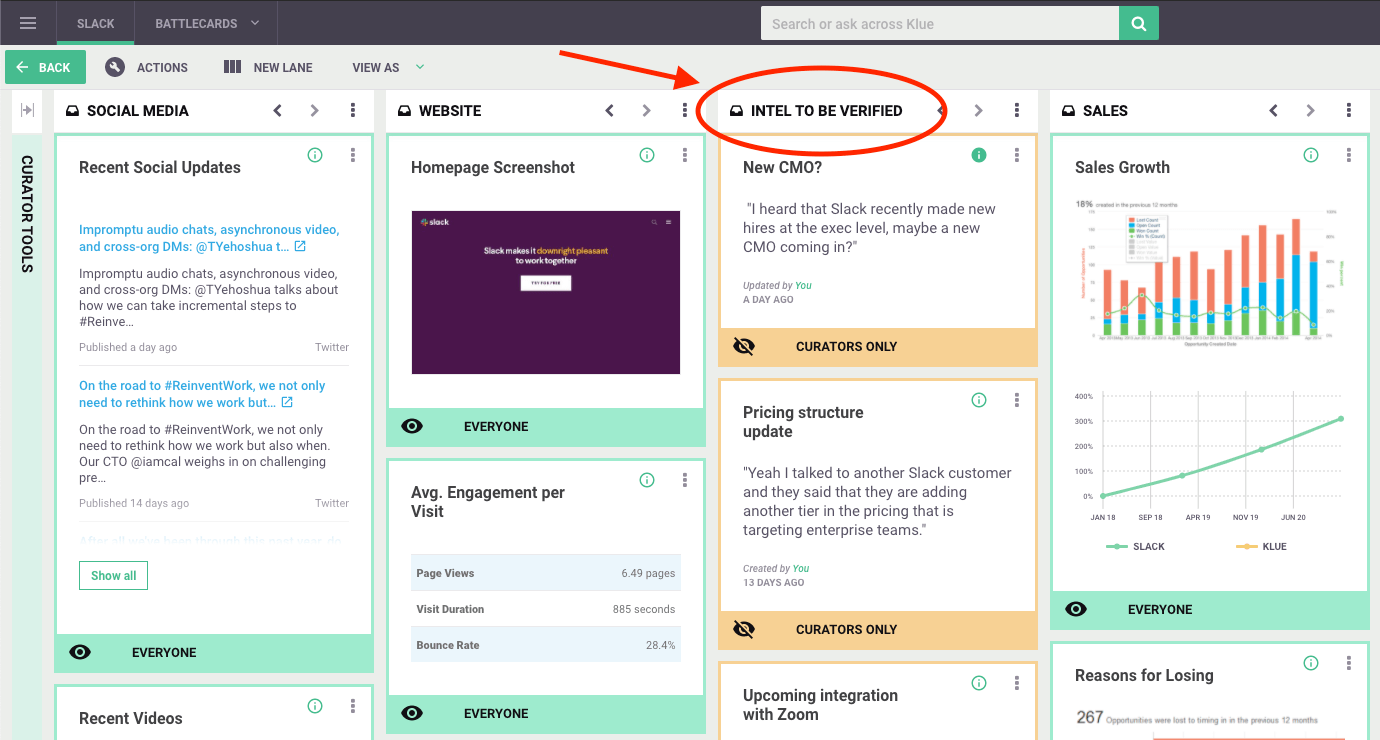
2. Discover what objections are most commonly planted by your competitors
The starting point for many competitive enablement programs — before you start building any battlecards — is to understand what objections are coming at your sales reps the most. In the past, this would rely on win-loss calls, anecdotal feedback from reps and leaders, and sitting in on demos.
With access to call transcripts and competitor mentions in Gong, it’s easier to review a number of calls and spot patterns in the objections that are brought up.
Use this intel to build the list of the most common objections – it will dictate the battlecards you need to create first to enable your sellers.
You’re also no longer taking your sales reps’ word on what they’ve heard or their interpretation of it, but exactly what a prospect said in their own words.
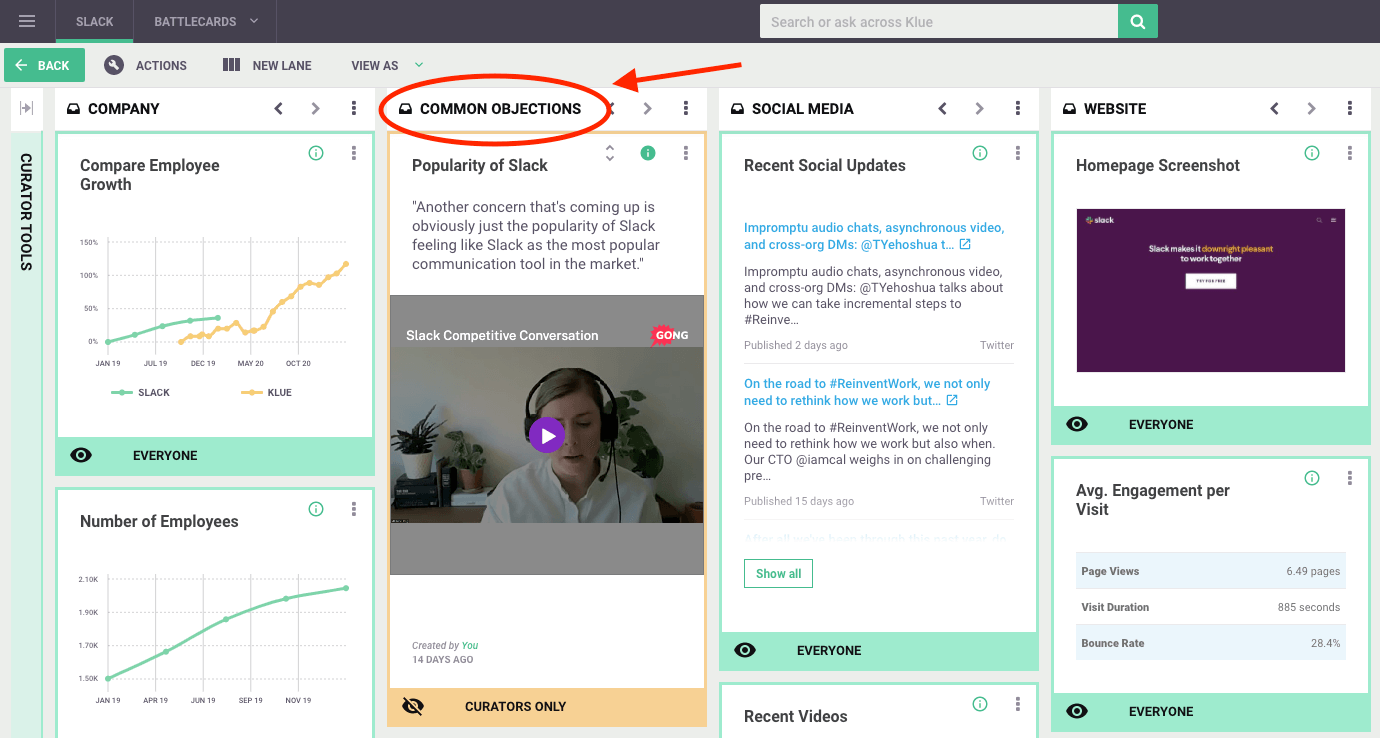
3. Crowdsource your competitive strategies with talk tracks from your best reps
Competitive enablement is a never-ending chess game. You need a rolodex of killer competitive strategies to pull from every time a competitor uses a new angle to beat you. It’s not easy to know how your sellers should respond.
When you have a clear idea of the objections that you need to build competitive strategies for, one of the best resources you have access to are the multiple minds of your top sellers. Every day they’re field-testing their talk tracks. Tweaking and iterating until they find the response that lands.
At scale, if you can harness these learnings, you can remove yourself as the bottleneck for creating all competitive strategies, and shift to leveraging your best sellers and using their examples to bring your battlecard content to life.
Add fuel to your battlecards using real examples from the field
Building a successful competitive enablement program is as much about training and educating as it is about actually developing your competitive insights. If your salespeople don’t effectively learn through your battlecards, your effort is wasted.
To help salespeople see what a good response sounds like in real life, we suggest using Gong snippets within your battlecards to reinforce your objection handling strategies.
Adding these snippets to your battlecards has a few benefits. It allows you to reinforce your strategies – bringing them to life with real talk tracks (using real, conversational language) and also enables your salespeople to consume information based on their learning style.
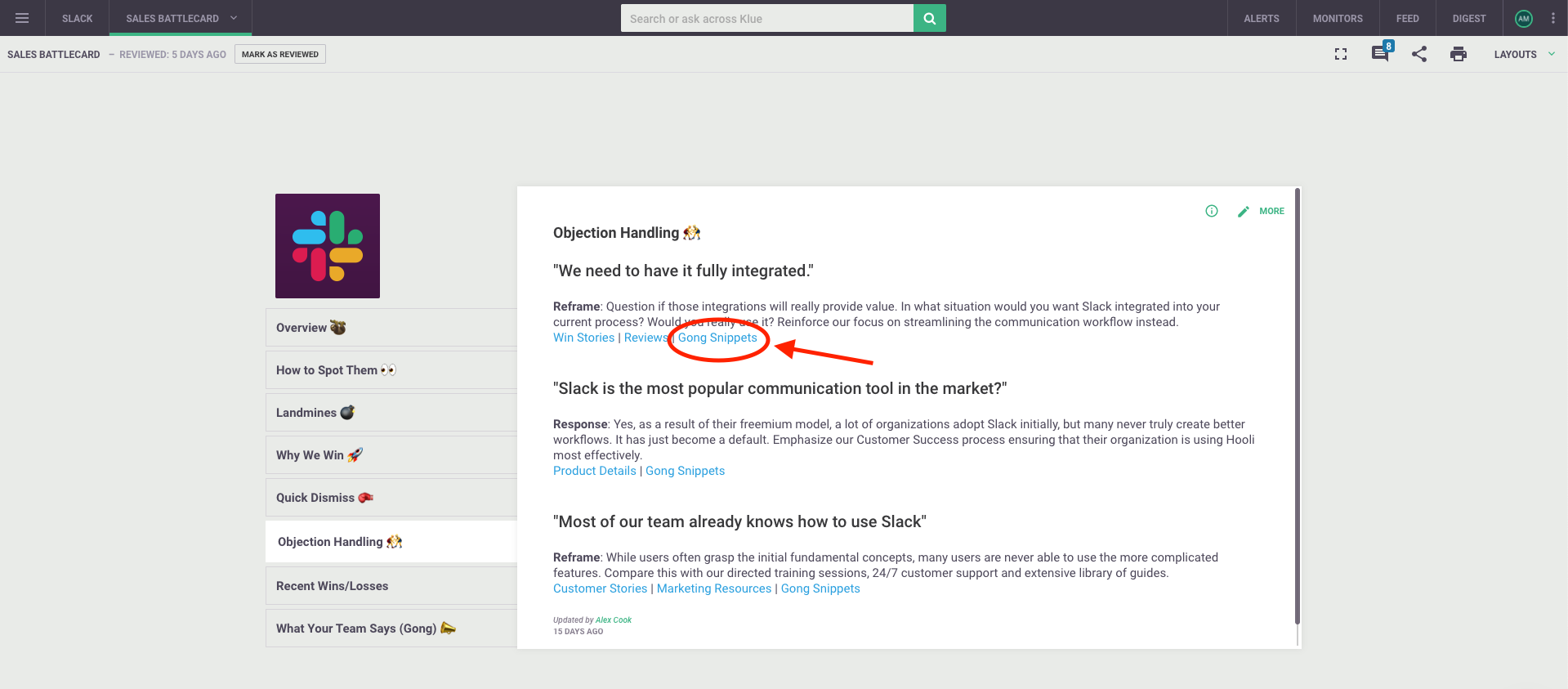
Within the objection handling card above, the rep can read your high-level strategy, and also access a snippet directly embedded into your battlecard, by text or video, without having to leave Klue. Some reps might absorb more by watching videos of suggested talk tracks rather than reading.
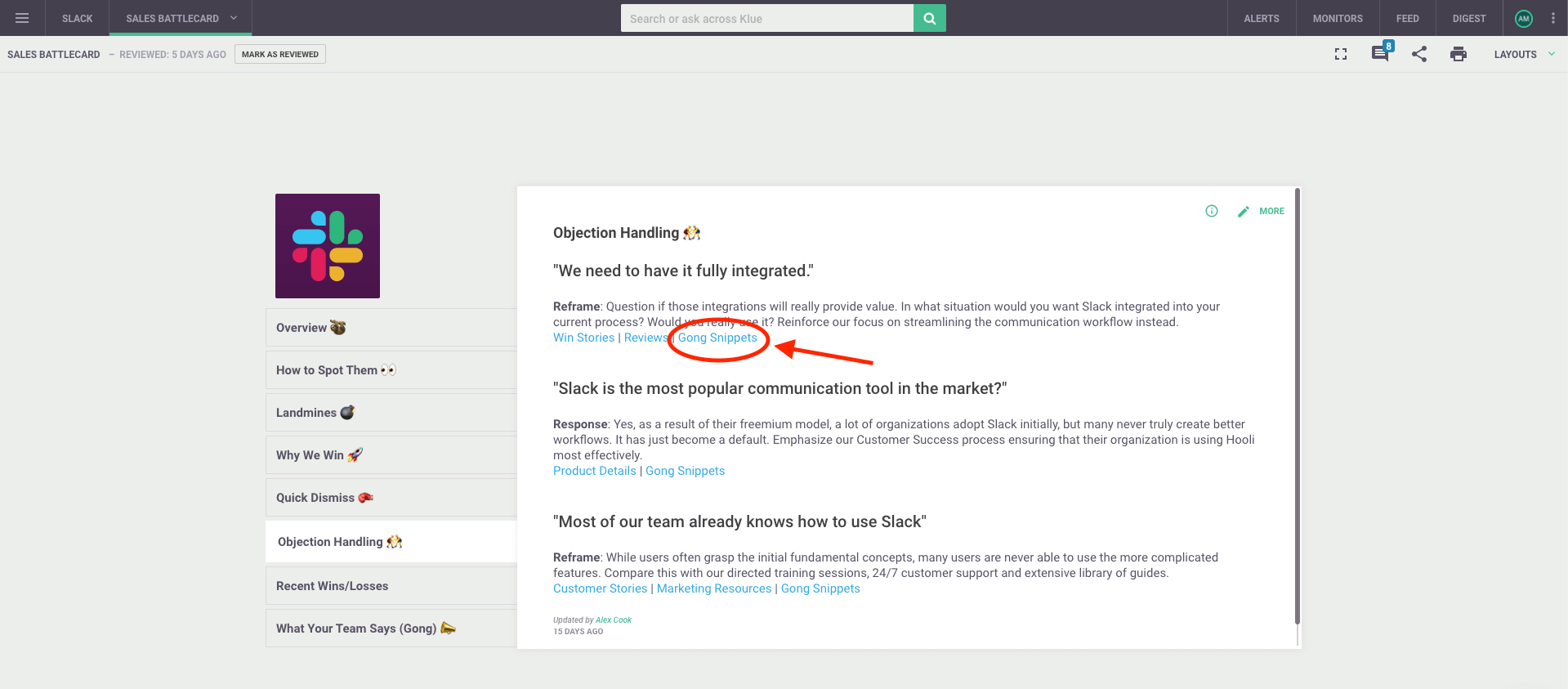
By linking out to secondary cards that contain Gong snippets you give the ability for salespeople to access further training materials without overwhelming them with too much content upfront.
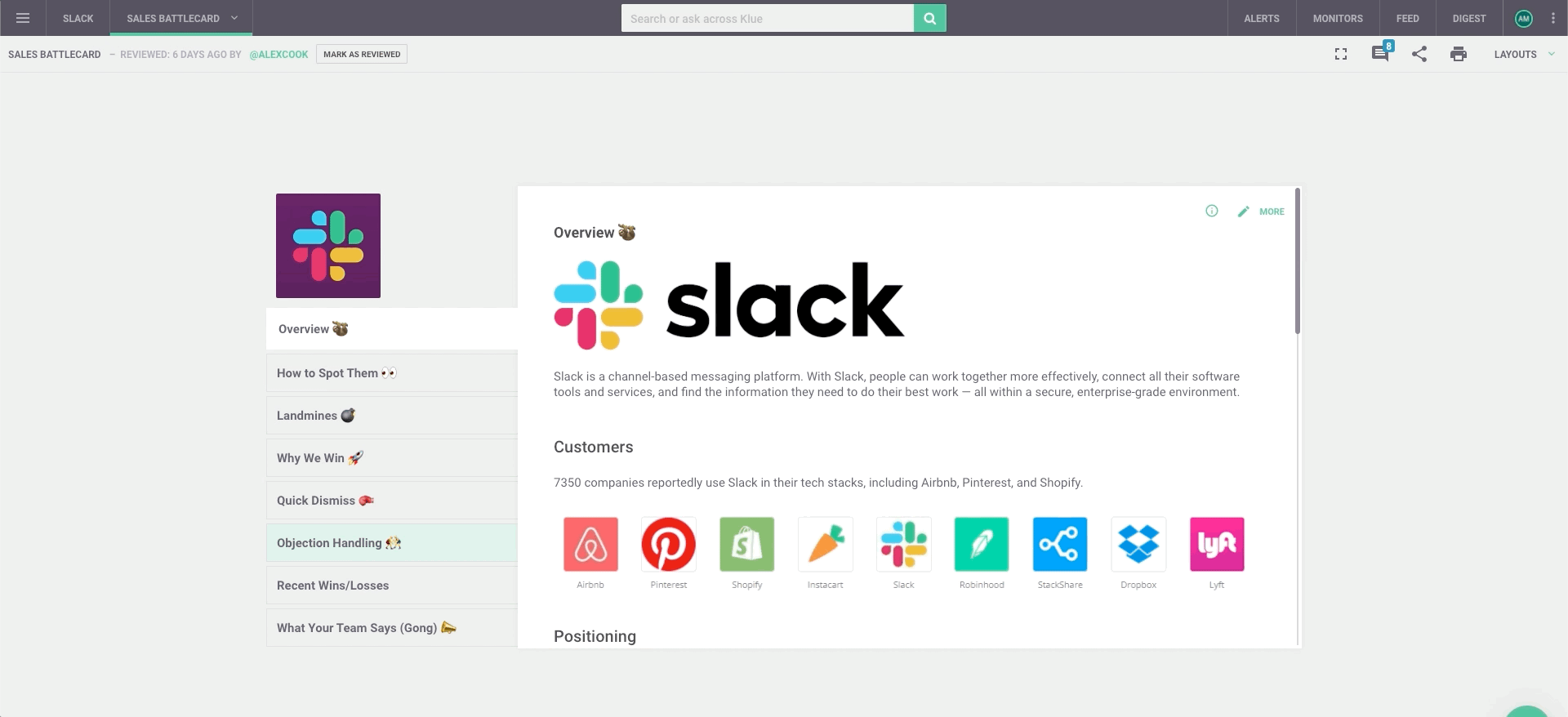
Action Gong intel in your competitive enablement program today
There’s no use in building battlecards that you think will be relevant to your reps. You need to arm them with easy-to-access insights that will actually help them beat a competitor.
That’s why it’s valuable integrating Gong intel into your competitive program. It’s added value to our own intel collection efforts at Klue, and has helped us build battlecards that our account executives are more confident in using.
If you want to learn more, check out the Klue + Gong Playbook’ for step-by-step instructions on how to use Gong in your competitive enablement program.


















 Follow us on LinkedIn
Follow us on LinkedIn



.svg?v=3c4c23cd72)